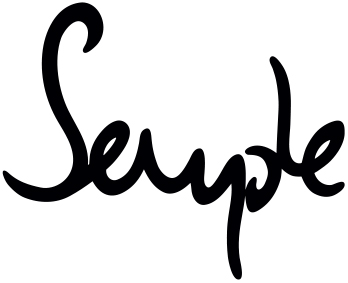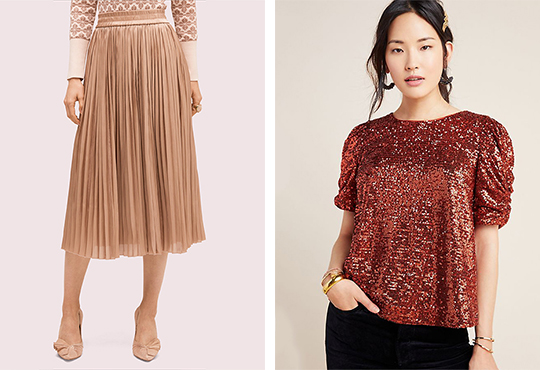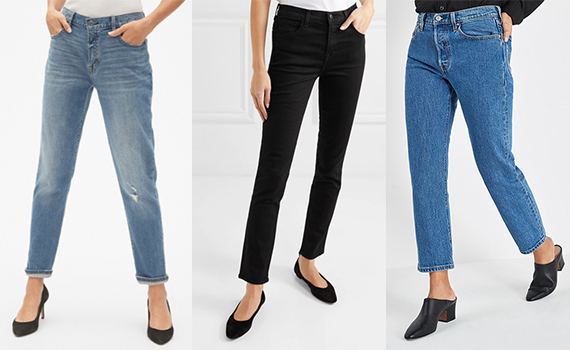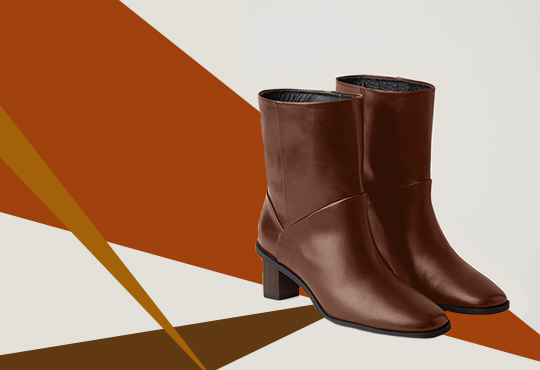“If all I cared about was me, I could make a million. And that’s what they will never understand.” – Edie Sedgwick.
In the 2006 film, Factory Girl we see Sienna Miller play the original “IT girl” heiress Edie Sedgwick, the model turned actress who inspired some of the greatest figures of the Sixties. Originally a California girl, the stunning socialite moved to New York in hopes of taking the art world by storm. Thriving in her new environment, Edie alters her style and became a trendsetter. Beautiful but troubled, from a dark past came a striking individual who captivated anyone who had the opportunity to meet her.
Soon after meeting Andy Warhol, Edie rapidly became immersed in the legendary art scene at his studio space named “The Factory”. Leading the Pop Art movement, and fuelled by sex, drugs and overall excess, the environment was a recipe for disaster. Having battled with anorexia, bulimia and substance abuse, as well as following her family trend of being committed to Silver Hill hospital, Edie was a car crash waiting to happen. The actress later claimed that that she was taken advantage of and used by Andy Warhol for commercial success, leaving her quite literally a “Poor Little Rich Girl” just as she played in one of their most infamous film collaborations together.
The Swinging Sixties was a time of great political and social change. Following the assassination of JFK in 1963, a youthful anti war movement began, driven forward by active protestors such as Bob Dylan, with whom Edie was repeatedly rumoured to have a relationship with. Hayden Christensen plays fictitious musician Billy Quinn, heavily based on Dylan, with whom we see Edie fall for before she is torn between choosing either him or Warhol. Despite eventually finding herself caught between two strong minded, influential personalities, the socialite was allowed the opportunity to dress and style herself as she pleased, leaving many others to imitate her choices. Dying tragically at the age of only twenty-eight from a barbiturate overdose, the girl that Warhol coined his “Superstar” left a legacy of beauty, style and extravagance.
In her own words, Edie said: “I made a mask out of my face because I didn’t realise I was quite beautiful.” This signature makeup style featured thick eyebrows, heavy fake eyelashes, dramatic winged eyeliner, soft pink lips and often a pencilled-on beauty spot. Now typically associated with the era, this glamorous, heavily made up style can easily be broken down and recreated for a more modern, less full-on approach.
Against the backdrop of theatrical makeup and short, elfin hair, Edie’s fashion choices consisted of fairly simple pieces, yet put together in a radical manner for the time. A lithe frame, and extremely low body weight allowed her to flit around The Factory in just black tights and leotards. Mini shift dresses equally formed a strong backbone for her signature look, but nothing was such a consistent part of her image as her standout oversized earrings. Emulating the approach that this icon took in terms of style is wholly to glamorise clothing that suits you personally, rather than following trends. Present yourself in the morning as if you plan to party into the early hours of the next day, and you never know where you might end up.
By Sophie Seymour



